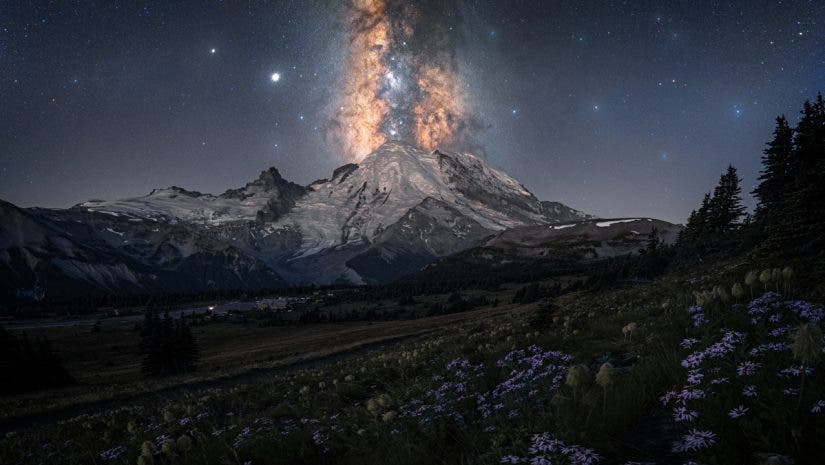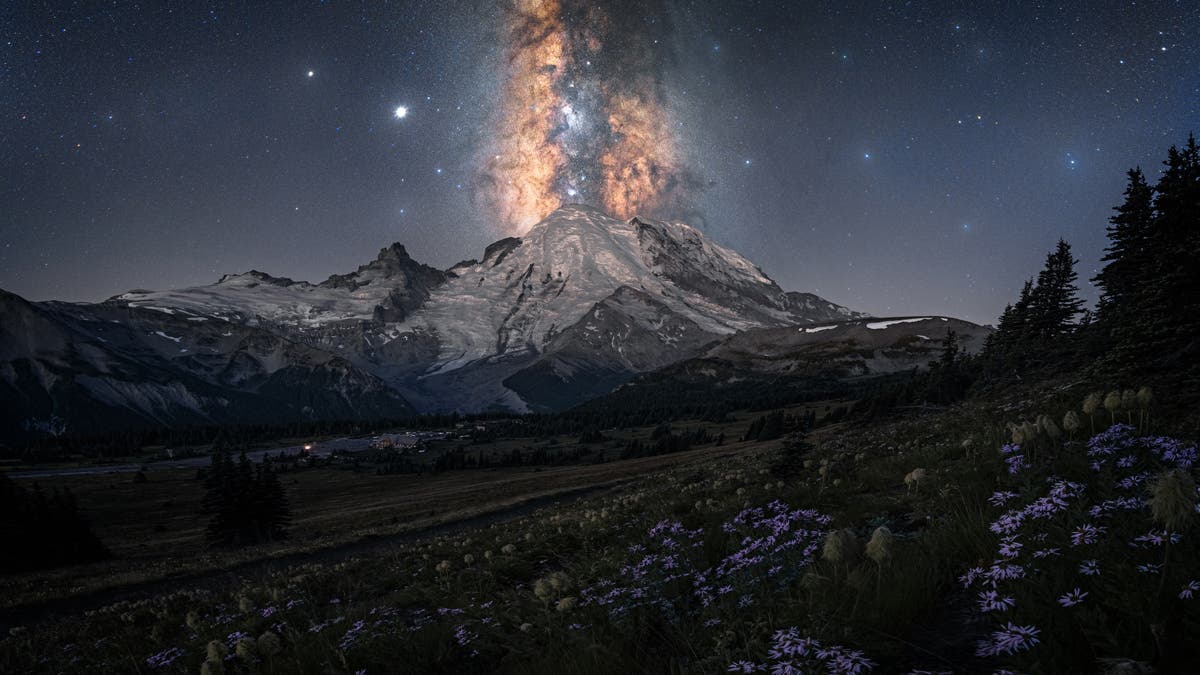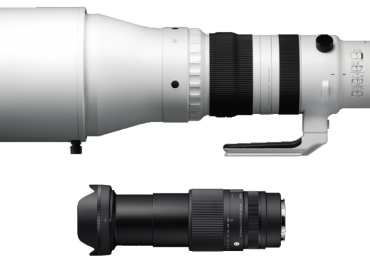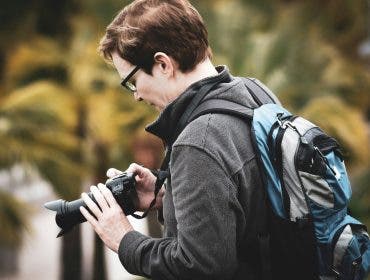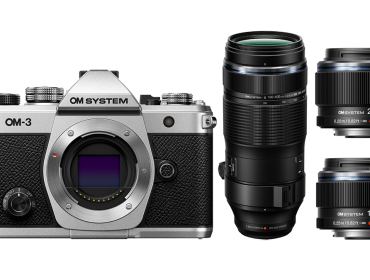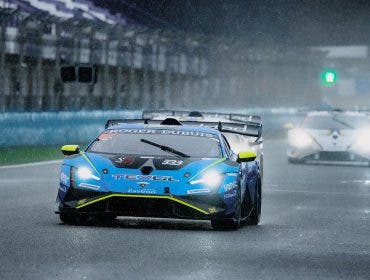Capturing the night sky isn’t as simple as finding a dark sky, planting your tripod, and pressing the shutter. One of the most important pieces of equipment for aspiring and experienced astrophotographers alike is the lens. Whether you wish to capture the Milky Way, a meteor shower, or anything in between, having the right lens is one of the most crucial elements to creating stunning images. Unfortunately, not all lenses are made equal, and some will help you get the job done with less noise and better sharpness. In this guide, we’ll help you find the perfect Wide-angle astrophotography lenses to capture stunning images of the night sky.
What to Look for in a Wide-Angle Astrophotography Lens
There are a few features to consider when picking out a lens for astrophotography that will help you create better images. Let’s take a closer look at some of those key features to help you better understand what to look for in a lens.
Focal Length
If you’re trying to capture wide-angle astrophotography images of the night sky, looking for the widest possible lens is going to offer you the most flexibility. In astrophotography, there is a rule that states that you can take 500 divided by your focal length, and this equals the maximum shutter speed you can use before you experience streaking stars. This means that the lower the focal length, the longer the shutter speed, ultimately resulting in more light. For example, a 14mm lens can have an exposure of ~35 seconds, while a 24mm lens can only expose for ~20 seconds. The longer the exposure, the more light you allow to hit the sensor, resulting in less noise and more detail. For this reason, wider lenses are generally preferred for this type of astrophotography, and some of the best wide-angle astrophotography lenses are 14mm or 16mm primes.
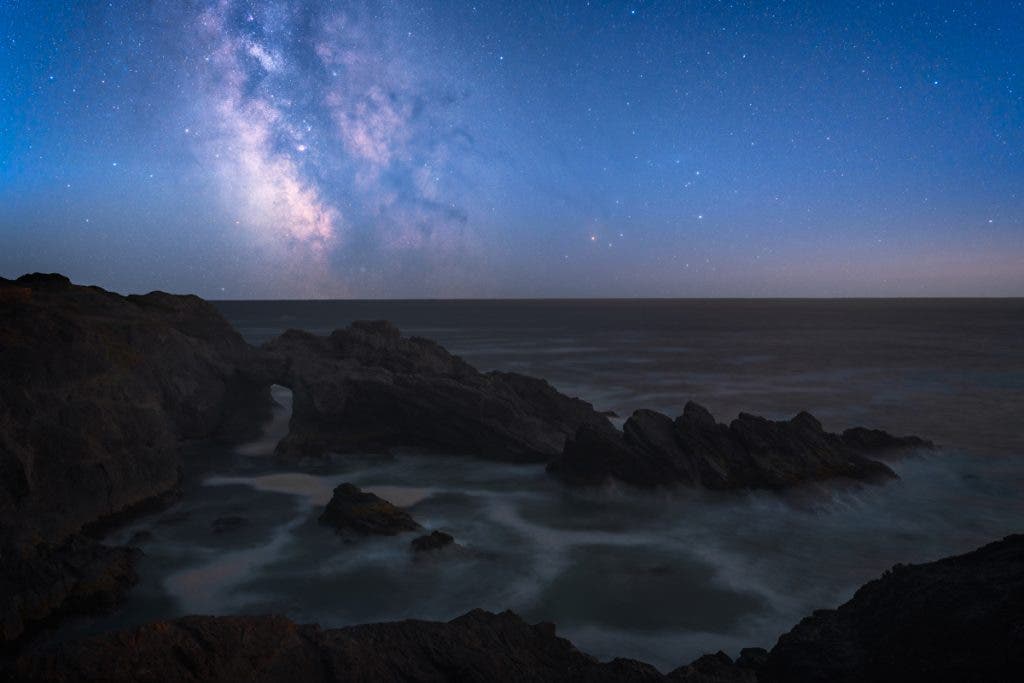
Aperture
Picking a lens with the widest maximum aperture possible will also help you allow more light to hit the sensor. For astrophotography, you should aim for a lens with an aperture of at least f2.8, but wider apertures are even better. Some of the most popular lenses can open up to f1.4 or f1.8, which gives photographers more light, again resulting in less noise and more detail. Additionally, many lenses have minor optical problems when shot wide open, so having a maximum aperture of f1.8 allows you to stop down to f2.5 or f2.8 for a higher-quality image.
Minimal Distortion
All lenses experience some sort of distortion, so finding a lens that has minimal distortion will help you to take better images of the night sky. The most common type of distortion is called coma distortion, which causes the stars to appear elongated or similar to a comet. This problem is typically worse around the edges of the frame and when shot with a wide-open aperture. Finding out which lenses have distortion can be difficult, but we’ve put together a few of our favorite picks across multiple brands, so you don’t have to worry.

Best Lenses for Wide-Angle Astrophotography
Sigma 14mm f1.4 DG DN Art Lens
Mount: Sony E-Mount, L-Mount
Pros: Widely regarded as one of the best astrophotography lenses ever made. This lens boasts the widest maximum aperture of any 14mm lens on the full-frame market and has been fine-tuned for astrophotography, specifically, to have minimal distortions.
Cons: Very heavy compared to others on this list at 41.3oz, and expensive compared to other third-party lenses.
Canon RF 15-35mm f2.8 L IS USM Lens
Mount: Canon EF-Mount
Pros: A great all-around zoom lens that can do a lot with a wide focal range and f2.8 maximum aperture. This lens is useful for more than just astrophotography, making it a great pick to fill the wide-angle slot in your kit. Excellent quality glass results in very minimal distortions.
Cons: Maximum aperture of f2.8 means you’ll want to shoot wide open, potentially exposing minor distortions. One of the most expensive options on this list.
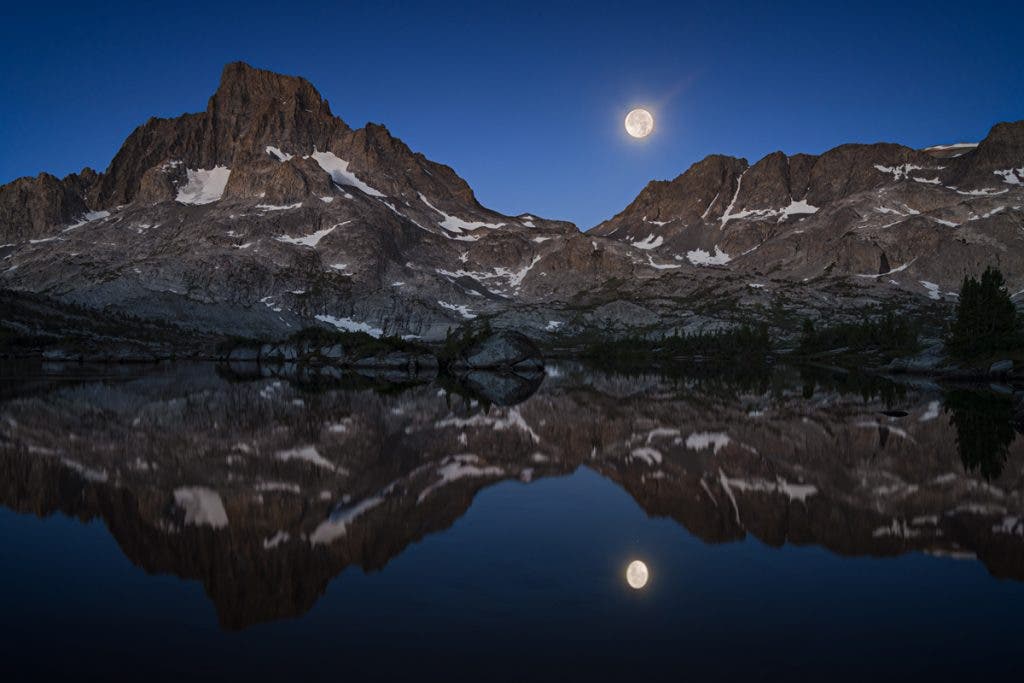
Nikon 14-24mm f2.8 S Lens
Mount: Nikon Z-Mount
Pros: Excellent focal range of 14-24mm gives you the versatility to capture a wide variety of shots and use this lens for more than just astrophotography. Very minimal distortions.
Cons: The maximum aperture of f2.8 is good, but not great when compared to a prime lens with an extra stop or two of light. Another very expensive option on this list if you only plan to use this lens for astrophotography.
Sony FE 16mm f1.8 Lens
Mount: Sony E-Mount
Pros: One of the latest releases tailored towards night photography that is both affordable and compact. Only 10.8oz, which is one of the lightest options on this list. F1.8 aperture is perfect for astrophotography.
Cons: Corner-to-corner sharpness is not as good as other lenses on this list.
Rokinon 14mm f2.8 Lens
Mount: Canon RF-Mount, Nikon Z-Mount, Sony E-Mount, Fujifilm X-Mount
Pros: Considered one of the best “starter” lenses for astrophotography due to the price point and compact size. Ultra-wide focal length and f2.8 aperture are great for beginner astrophotographers, and the image quality is excellent when compared to other lenses in a similar price range.
Cons: Some quality control issues with softness on the edges, and nowhere near as sharp as many of the other options on this list. Manual focus only, which is okay for astrophotography but loses a lot of versatility for other styles of photography.
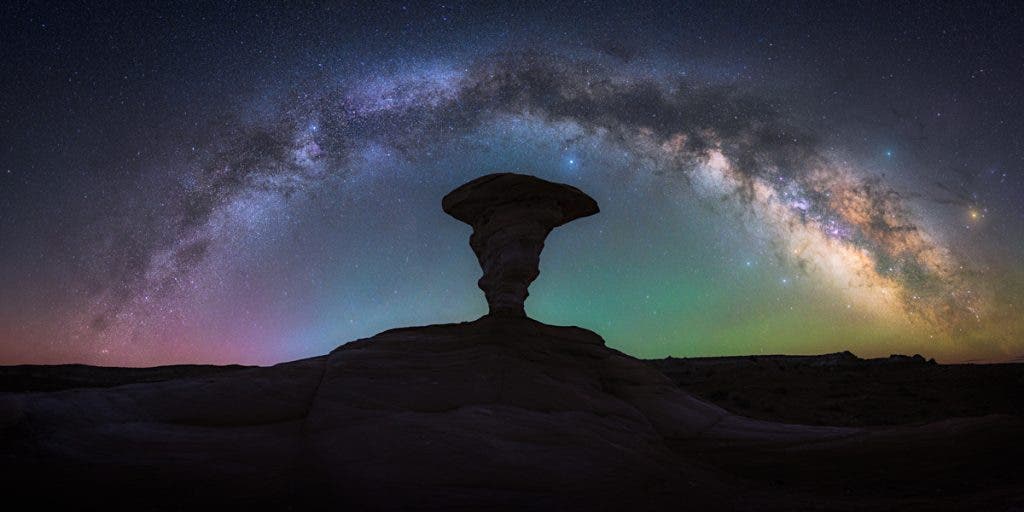
Once you’ve got the right lens for wide-angle astrophotography, you’ll be creating stunning images in no time. Remember that the wider the lens and the greater the maximum aperture, the more light is allowed to hit the sensor, resulting in images that have more detail and less noise. If you’re new to astrophotography, be sure to check out our guide on the best camera settings to use for astrophotography, and best of luck capturing incredible images of the night sky!
